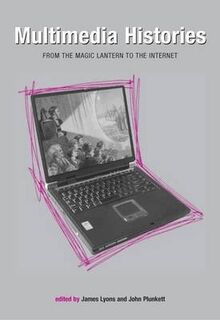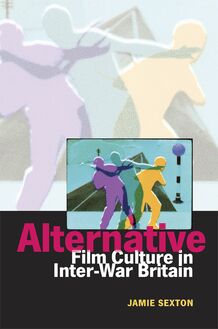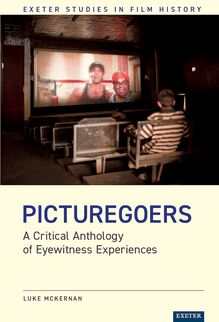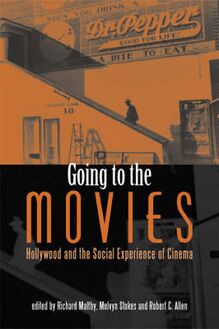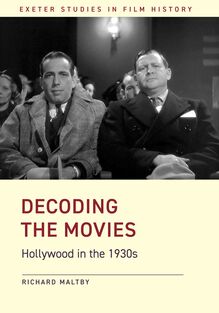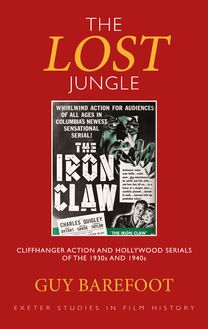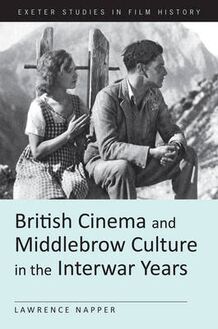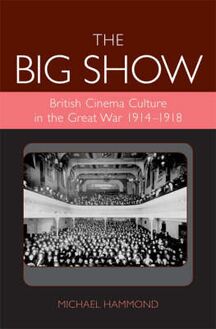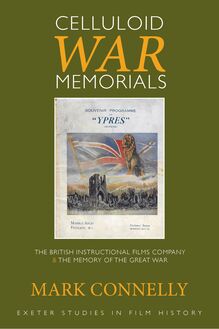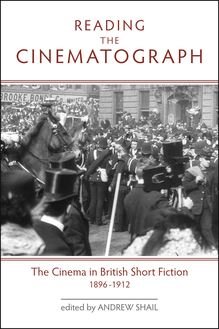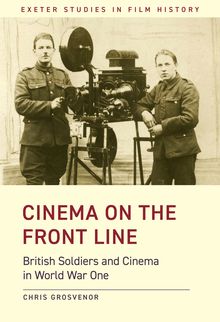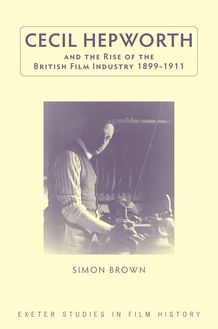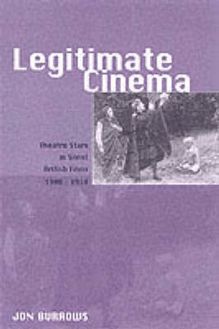-
 Univers
Univers
-
 Ebooks
Ebooks
-
 Livres audio
Livres audio
-
 Presse
Presse
-
 Podcasts
Podcasts
-
 BD
BD
-
 Documents
Documents
-
- Cours
- Révisions
- Ressources pédagogiques
- Sciences de l’éducation
- Manuels scolaires
- Langues
- Travaux de classe
- Annales de BEP
- Etudes supérieures
- Maternelle et primaire
- Fiches de lecture
- Orientation scolaire
- Méthodologie
- Corrigés de devoir
- Annales d’examens et concours
- Annales du bac
- Annales du brevet
- Rapports de stage
La lecture à portée de main
Découvre YouScribe en t'inscrivant gratuitement
Je m'inscrisDécouvre YouScribe en t'inscrivant gratuitement
Je m'inscrisEn savoir plus
En savoir plus

Description
The birth of cinema coincided with the heyday of the short story. This book studies the relationship between popular magazine short stories and the very early British films. It pairs eight intriguing short stories on cinema with eight new essays unveiling the rich documentary value of the original fiction and using the stories as touchstones for a discussion of the popular culture of the period during which cinema first developed. The short stories are by authors ranging from the notable (Rudyard Kipling and Sax Rohmer) to the unknown (Raymond Rayne and Mrs. H.J. Bickle); their endearing tributes to the new cinematograph chart its development from unintentional witness to entertainment institution.
Reading the Cinematograph: Introduction, Andrew Shail
Story 1: Our Detective Story (24 January 1897) by Dagonet [George R. Sims]
Chapter 1: George R. Sims and the Film as Evidence, Stephen Bottomore
Story 2: The Awful Story of Heley Croft (20 May 1899) by A.S. Appelbee
Chapter 2: Cinema Re-Mystified: A.S. Appelbee's Technological Ghost Story, David Trotter and Chris O'Rourke
Story 3: Colonel Rankin's Advertisement (December 1901) by Raymond Rayne
Chapter 3: The Great American Kinetograph: News, Fakery and the Boer War, Andrew Shail
Story 4: Mrs Bathurst (September 1904) by Rudyard Kipling
Chapter 4: "The Very Thing": Rudyard Kipling's 'Mrs Bathurst', Tom Gunning
Story 5: The Green Spider (October 1904) by A[rthur Henry] Sarsfield Ward, a.k.a. Sax Rohmer
Chapter 5: 'Only from the Senses': Detection, Early Cinema and a Giant Green Spider, Stacy Gillis
Story 6: Romantic Lucy (Summer 1911) by Alphonse Courlander
Chapter 6: "She Had So Many Appearances": Alphonse Courlander and the Birth of the 'Moving Picture Girl, Jon Burrows
Story 7: Love and the Bioscope: A Heart-Thrilling Story of a Deserted Bride (8 June 1912) by Mrs H.J. Bickle
Chapter 7: Melodrama, Sensation and the Discourse of Modernity in 'Love and the Bioscope', Lise Shapiro Sanders
Story 8; The Sense of Touch (December 1912) by Ole Luk-Oie [Ernest Dunlop Swinton]
Chapter 8: A visit to the cinema in 1912: 'The Sense of Touch', Andrew Higson
Sujets
Informations
| Publié par | University of Exeter Press |
| Date de parution | 02 mars 2015 |
| Nombre de lectures | 0 |
| EAN13 | 9780859899420 |
| Langue | English |
| Poids de l'ouvrage | 3 Mo |
Informations légales : prix de location à la page 0,1700€. Cette information est donnée uniquement à titre indicatif conformément à la législation en vigueur.
Extrait
-
 Univers
Univers
-
 Ebooks
Ebooks
-
 Livres audio
Livres audio
-
 Presse
Presse
-
 Podcasts
Podcasts
-
 BD
BD
-
 Documents
Documents
-
Jeunesse
-
Littérature
-
Ressources professionnelles
-
Santé et bien-être
-
Savoirs
-
Education
-
Loisirs et hobbies
-
Art, musique et cinéma
-
Actualité et débat de société
-
Jeunesse
-
Littérature
-
Ressources professionnelles
-
Santé et bien-être
-
Savoirs
-
Education
-
Loisirs et hobbies
-
Art, musique et cinéma
-
Actualité et débat de société
-
Actualités
-
Lifestyle
-
Presse jeunesse
-
Presse professionnelle
-
Pratique
-
Presse sportive
-
Presse internationale
-
Culture & Médias
-
Action et Aventures
-
Science-fiction et Fantasy
-
Société
-
Jeunesse
-
Littérature
-
Ressources professionnelles
-
Santé et bien-être
-
Savoirs
-
Education
-
Loisirs et hobbies
-
Art, musique et cinéma
-
Actualité et débat de société
- Cours
- Révisions
- Ressources pédagogiques
- Sciences de l’éducation
- Manuels scolaires
- Langues
- Travaux de classe
- Annales de BEP
- Etudes supérieures
- Maternelle et primaire
- Fiches de lecture
- Orientation scolaire
- Méthodologie
- Corrigés de devoir
- Annales d’examens et concours
- Annales du bac
- Annales du brevet
- Rapports de stage
